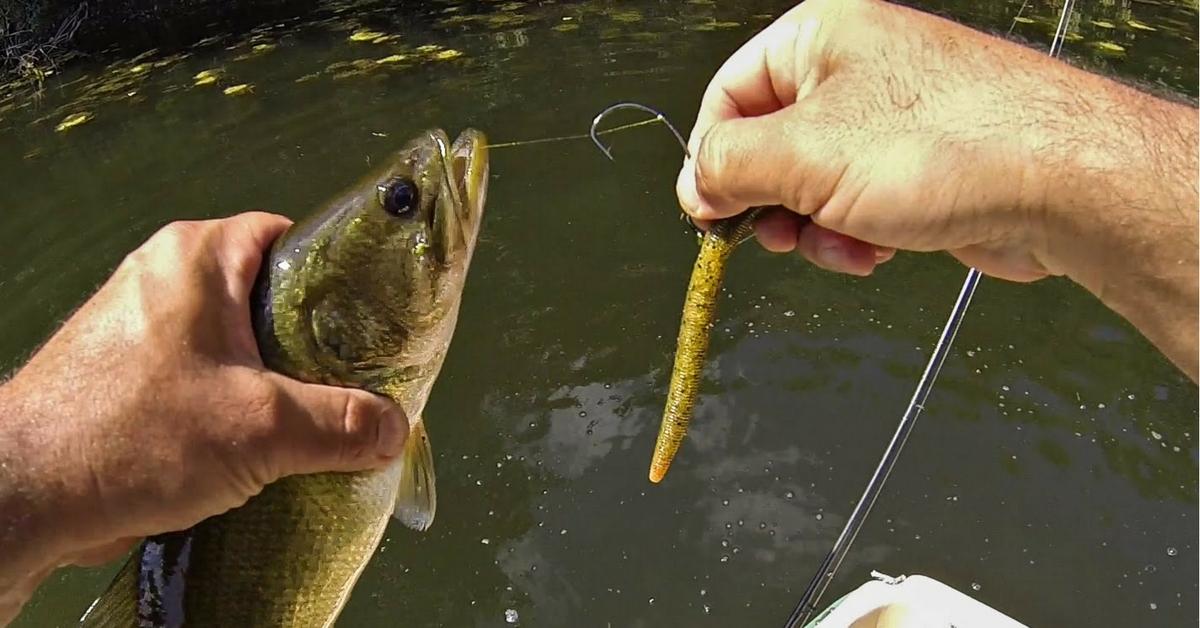Long Live Dead Sticking: The Art Of Dead Sticking For Bass
Dead sticking a soft plastic is a cold water technique most bass anglers know will produce bites, but they rarely use. But, why? Well, first and foremost, the most useful skill in dead sticking is patience, which is a virtue.
What Is Dead Sticking?
The most simple explanation of dead sticking is Texas rigging a soft plastic, casting it to the bottom, and leaving it there. Some anglers leave it for as long as 2 minutes, hoping lethargic fish slowly cruise by and take a bite.Two minutes may seem like a short amount of time, but it can feel like an eternity on the boat waiting for a bite. Just try grabbing a bait out of your box, setting your phone’s stopwatch and staring at it for 120 seconds. Now imagine doing that on the boat.The reason anglers still enlist this tactic is because it will work in colder water. When bass are slowing down, so are baitfish. Predators are cruising by and looking for an easy snack, and what could be easier than a dead stick?
Maximize Dead Sticking Hookups
To maximize your hookups, keep a little slack in your line while dead sticking. This way, once a bass picks it up and starts to run, they won’t feel any instant resistance. Throw your bait and let it fall directly to the bottom, and keep your rod tip pointed down, directly at your bait. To detect a bite, you’ll feel the line start to rip away as most bass will hit your lure before trying to run away with it.Just because you don’t get a bite after the first few minutes doesn’t mean they won’t work. Try just lifting your rod a few feet to give it a fresh descent, or reel it in just a bit to move into sight of a predator. As the water warms, this technique cools off, so take advantage of lethargic bass while you can!
Updated February 14th, 2018 at 4:20 PM CT


